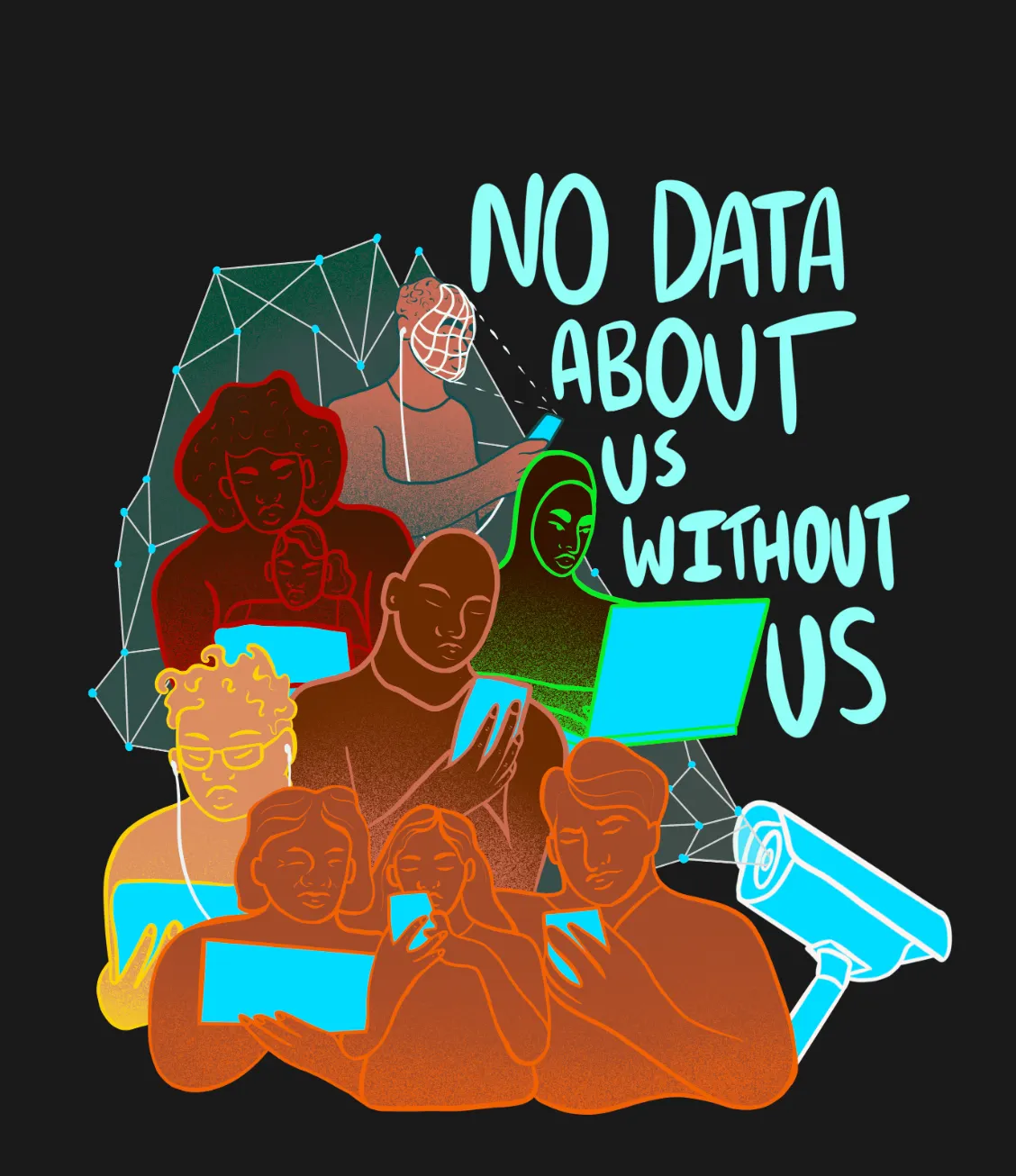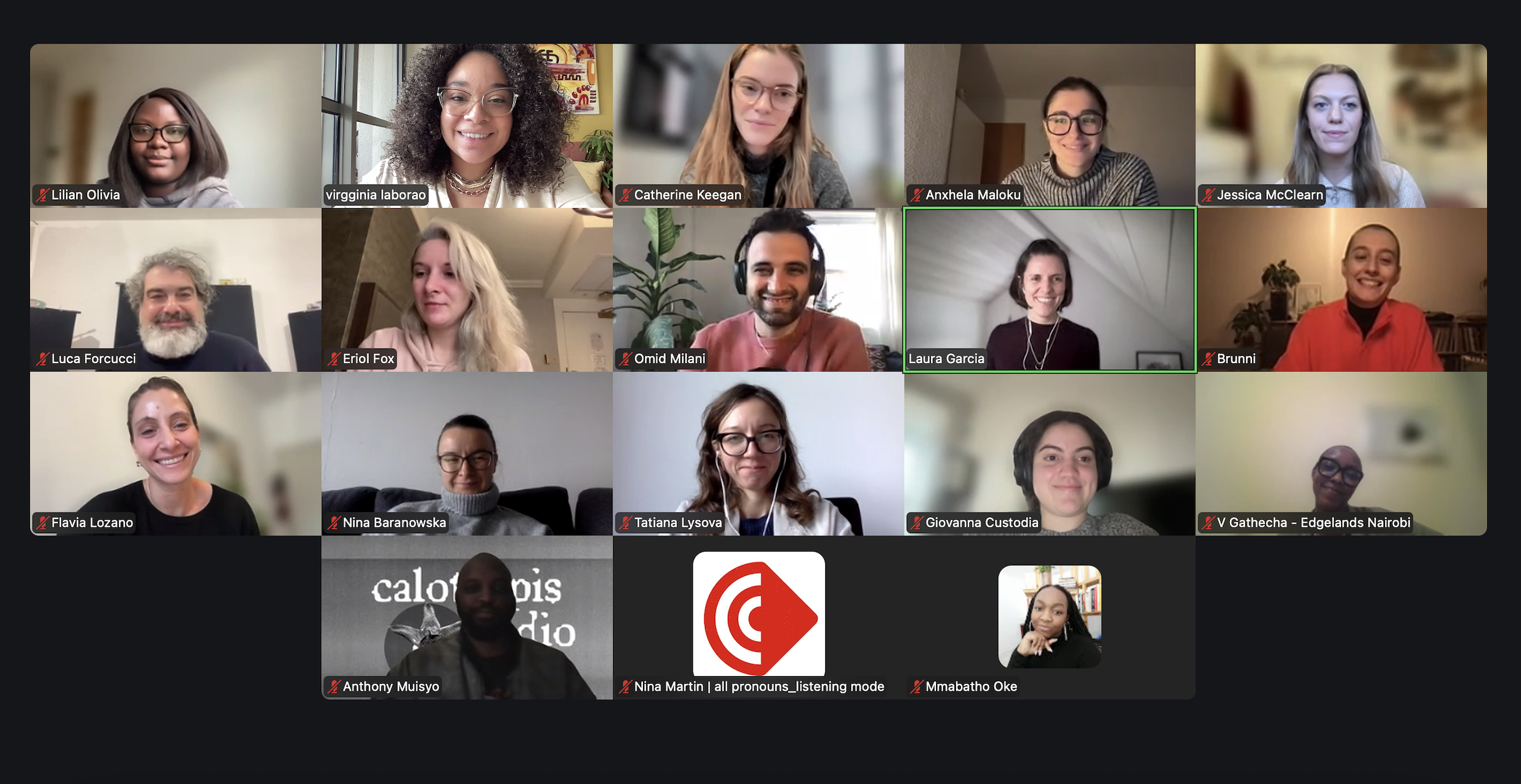In Security and Surveillance, technology should be a tool and not a strategy
On technology as a tool in safety infrastructure.

Photo by Kevin Ku for UNSPLASH.
In Formula 1 racing, it is not enough to have the fastest car. If there is not a skilled driver and an expert team behind the wheel, the race will never be won. It is the same case with the surveillance infrastructure and camera network in Medellín; even if we deploy the latest technology and have large numbers of cameras, if there is no human and institutional capacity to analyze and respond to the crimes that are being recorded on them there will be no technological solution to the security problems.
Medellin has the reputation as being one of the most innovative cities in Colombia, if not the most technological. And surely, its past as a victim of drug trafficking has prompted a large part of their investments in technology directed to infrastructure for citizen security. The Security Secretariat of the Mayor's Office has developed multiple tools focused on the implementation and study of security solutions for the city. Today I want to focus on perhaps the best known tool, the network of more than 3,000 surveillance cameras throughout the city, which to some extent is a Formula 1 car, driven by a young man on a driving course.
This immense investment in surveillance cameras is inspired by other highly developed cities such as Beijing, London, Delhi, Los Angeles and others, which have been applying this form of surveillance for years. Beyond the moral discussions on privacy rights of camera surveillance, academic studies have shown the effectiveness of these systems in reducing homicides and damages to the city's heritage. I understand, then, that the Security Secretary seeks to obtain a large budget for the purchase, maintenance and connection of these cameras to build an infrastructure worthy of a Formula 1 car and attack crime. However, a comment by Andrés Preciado, former operational undersecretary of security, in session of the Research Marathon coordinated by Edgelands Institute keeps ringing in my head. Are the people supervising that large network of cameras in Medellin consistently trained? Or in the car metaphor, is the person driving that car capable of getting it to the finish line at high speed and without crashing? Are we wasting the potential of our infrastructure and technology?
In Medellín, police officers are in charge of monitoring surveillance cameras. This means constant monitoring to diagnose pre-criminal activity and, should it occur, post-criminal activity to identify and prosecute offenders. Being such a wide network and a technology that is continuously advancing -we are not even taking into account the capabilities of facial recognition-, those in charge of monitoring the cameras must have a technological training to know the capabilities and limitations of the system they control, but above all, an ethical training, since these people are the eyes of the city, and criminals know it. I mention this because Andrés Preciado spoke of cases in which the cameras stopped recording just at the moment of the crimes. His statement that "technology is the tool but not the strategy" was very telling. And just as a Formula 1 car is the tool, the strategy is a skilled driver and an expert team to take it to the finish line.
It is then, when we must question the use of a Formula 1 car when we are not able to take full advantage of its capabilities. Clearly, the question is not to decrease the investment in surveillance cameras, but to make sure that the capabilities of the car and the driver are equally optimal. That is why we must think about training the agents in charge of supervising the cameras, their technological capabilities, and their ethical and legal knowledge. Last but not least, we also must focus on the agents' supervisors, because it is important that they are also the ones responsible for reaching the goal.
Santiago Parada Pelaez is a participant of our research sprint program in Medellín, Te Estamos Grabando. He is also a student at EAFIT University, where he studies psychology and economics.



